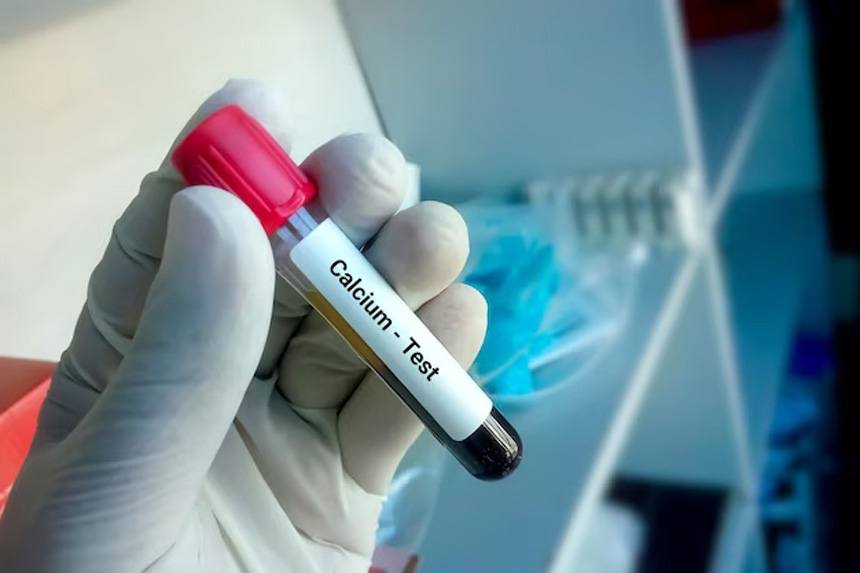
Hypocalcemia, also known as calcium deficiency disease, is a condition that can affect anyone but is more prevalent as individual’s age. Calcium, an essential mineral, plays a critical role in building strong bones and teeth and is vital for the proper function of the heart and muscles. Without adequate calcium intake, one may face health issues such as osteoporosis, osteopenia, and, of course, hypocalcemia. For optimal growth and health, it is crucial to consume the recommended daily amounts of calcium, which can be found in foods like salmon, broccoli, and figs, or through supplements and vitamins if necessary.
Causes of Hypocalcemia
The risk of developing calcium deficiency increases with age, influenced by various factors, including prolonged poor dietary calcium intake, particularly from childhood, and medications that may impair calcium absorption. Other contributors include dietary intolerance to calcium-rich foods, hormonal changes (especially in women), and certain genetic predispositions. Ensuring adequate calcium intake is vital across all age groups to prevent the onset of calcium deficiency diseases.
Children and teenagers, regardless of gender, should adhere to the National Institutes of Health (NIH) recommended daily allowances for calcium to support healthy growth and development. These recommendations include 1,300 mg daily for those aged 9-18, 1,000 mg for children aged 4-8, 700 mg for toddlers aged 1-3, 260 mg for infants aged 7-12 months, and 200 mg for babies 0-6 months old. Adults’ calcium needs, as per the U.S. government’s dietary guidelines, suggest that individuals aged 19-50 require 1,000 mg daily, which increases to 1,200 mg for those over 70. Women are advised to increase their calcium intake earlier to counteract the bone density loss that accelerates around menopause. [1] [2]





